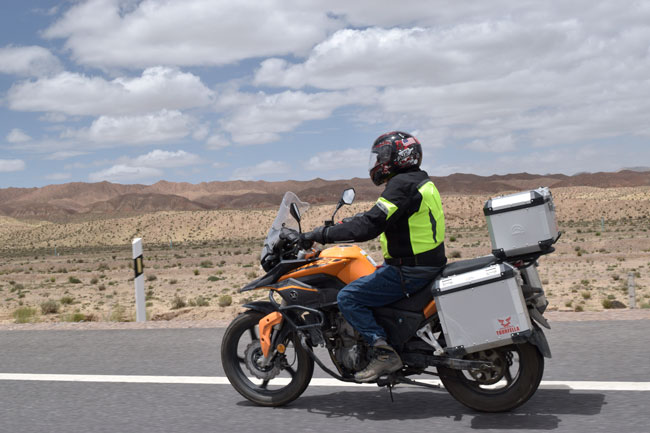I should have paid more attention in my elementary and junior high school geography classes. I remember studying Christopher Columbus (the guy who “discovered” America), but the other explorers’ names are lost among my fading neurons. And here we were, in Lisbon, where Vasco de Gama, Magellan, Henry the Navigator, old Christopher C. himself, and others hung out five or six centuries ago. I wish I could repeat my 7th grade geography class with Mr. Costa for just that reason. Being 12 years old again would be cool, too.
My new good buddy Ibrahim, one of our fellow tourists on this adventure, is a serious photographer. He used my consumer grade Nikon to take the photo below at the Parque Eduardo VII . It was one of the first places we stopped in Lisbon, and the statue at the end is Christopher Columbus. Look at those hedges and think about how much labor is needed to keep them looking this good. By the time you get to the end trimming them, you’d have to go back to the beginning and start over. That’s the Tagus River in the background. Lisbon is right on the Atlantic Ocean. A lot of 14th and 15th century New World explorations started right here.

The photo below is from one of many churches we visited (we saw many churches and a couple of synagogues in Spain and Portugal; before the Spanish Inquisition, there was a thriving Jewish community on the Iberian Peninsula).

Blue tiles were everywhere in Lisbon. Spain and Portugal were occupied by the Moors for centuries. The Moors brought their art, their architecture, and their style (including blue tiles) to the region. The Moors were ultimately driven out, but the tiles remained. I could spend a month in Lisbon just photographing the tiles. The tiles get their blue color from cobalt, which is locally mined.
We wandered through Lisbon’s Alfama neighborhood to a church at the top of a hill, led by a local guide. Our walk here involved a steep uphill climb through narrow streets and alleys. When Sue and I first joined up with our tour group two days earlier, I felt good seeing that the group was mostly made up of old people (I called our group the Portugueezers). I figured our age would hold the walking and climbing to a minimum. I was wrong. We did a ton of walking and climbing. My iPhone told me one day I did over 17,000 steps. Most days were at least 10,000 steps.
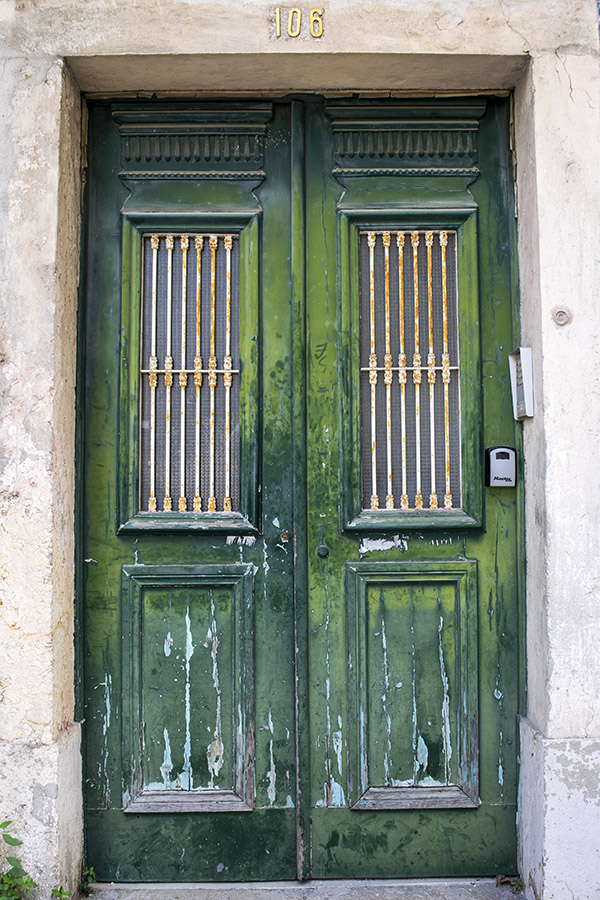
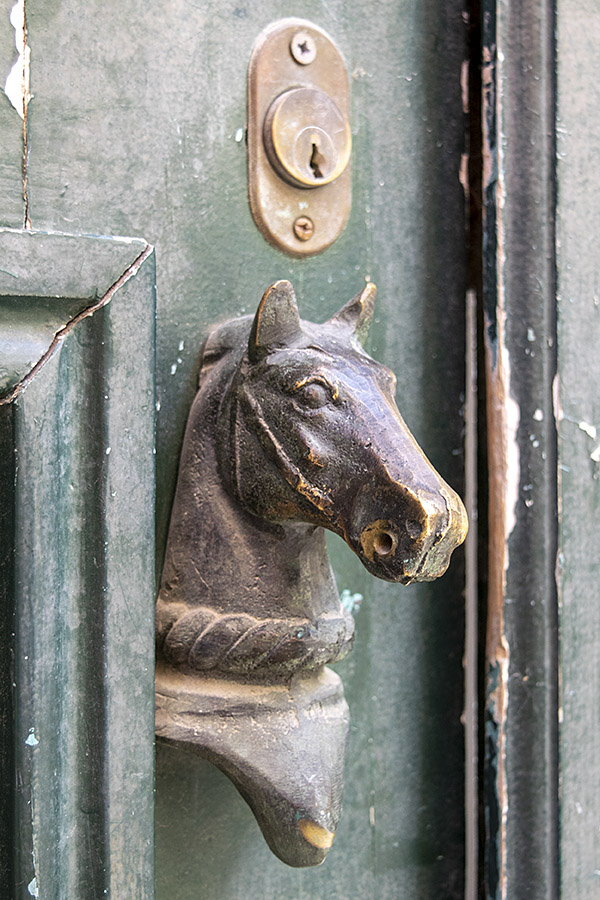
I took a lot of artsy-fartsy photos of doors, doorknobs, door knockers, and other things as we climbed the twisting and narrow streets of Lisbon’s Alfama neighborhood. My fellow Portugueezers thought I was a serious amateur photographer when I frequently stopped to grab a picture, and I didn’t say anything to persuade them otherwise (the stops were so I could catch my breath).
I noticed that a few of the homes had printed tiles with photos of older women on their exterior walls. I tried to find out more about this on Google but I struck out (I should have asked our guide while we were there, but I was huffing and puffing too hard to ask). Maybe these women were famous Portuguese mountain climbers. Sue later told me our guide said the tiles tell a bit about the residents of each home. Say hello to Ms. Delmira and Ms. da Luz.
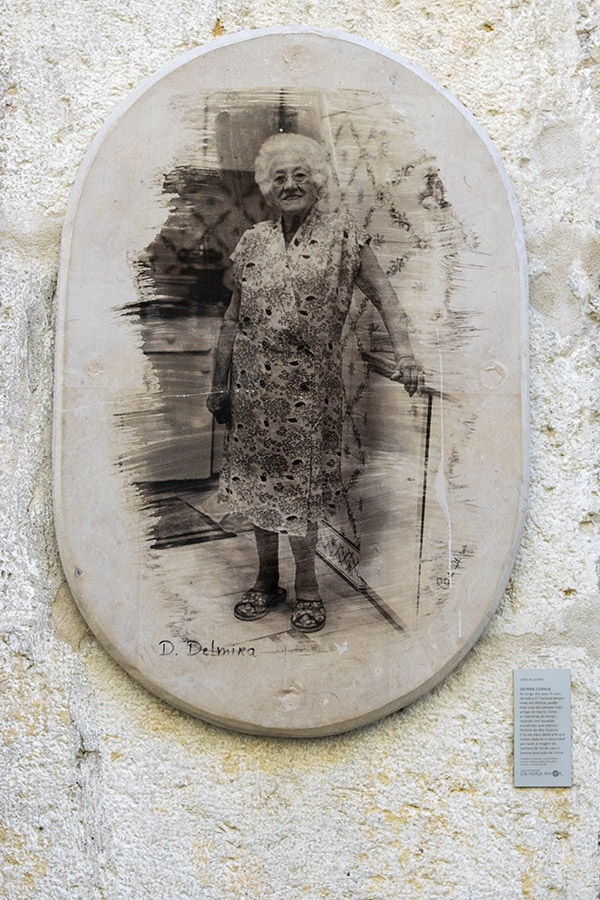
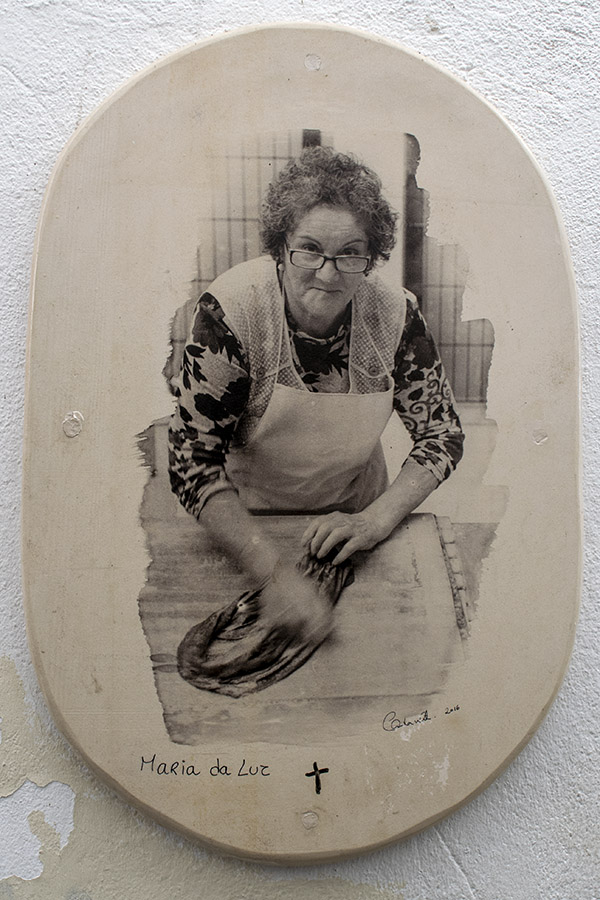
We were in an area frequented by tourists and there were lots of shops selling things. Where there were colors, I took a photo or two.
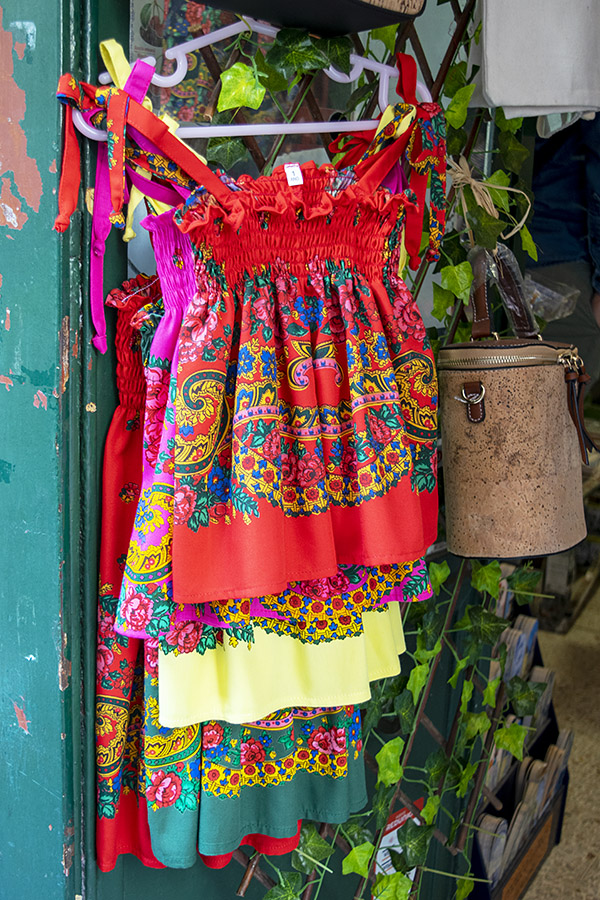
We then went down to the waterfront Belém area along the Tagus River. The statue below is a monument to Henry the Navigator.


The Hieronymites Monastery was across the street from the Henry the Navigator monument. Jose, our guide, told us that nuns in this monastery (I didn’t think they had nuns in a monastery, but what do I know?) were famous for their Pastéis de Belém. Jose disappeared for a bit and then reappeared with samples for us to try. They were excellent.
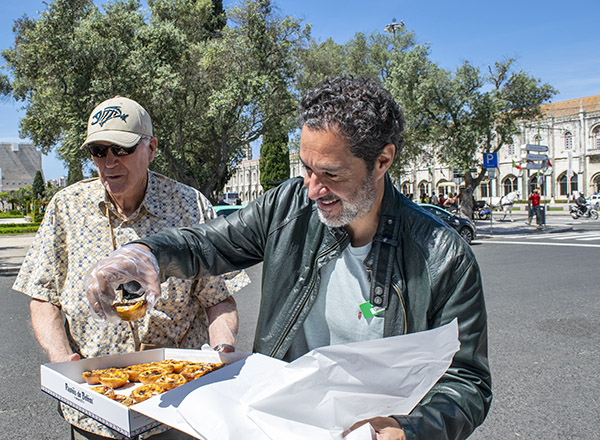
Like Porto and other big European cities, downtown Lisbon was a hotbed of scooter activity. At any traffic light, scooters filtered to the front of the queue, and when the light turned green, it was a multi-scooter drag race. It was fun to watch. I guess Portugal has a helmet law; everyone wore one. But that was it for protective gear. Think full face helmets accompanied by t-shirts, shorts, and flip flops (all the gear, all the time). I’m guessing I saw a hundred scooters for every motorcycle, and when we did see motorcycles, they were mostly 125cc machines. Many appeared to be of Chinese origin, with Honda and Yamaha motorcycles making up the balance. There were a few big bikes; I spoke to a guy at a rest stop who was on a BMW GS. He told me he liked his GS and it was a good machine, but he had another motorcycle that was his pride and joy: A Harley Sportster. “It has a carburetor,” he proudly told me (an obvious vintageness badge). I thought I might refer him to our earlier ExNotes post, 18 Reasons Why You Should Buy A Used Sportster, but he was in a hurry and I had already run out of ExNotes business cards.
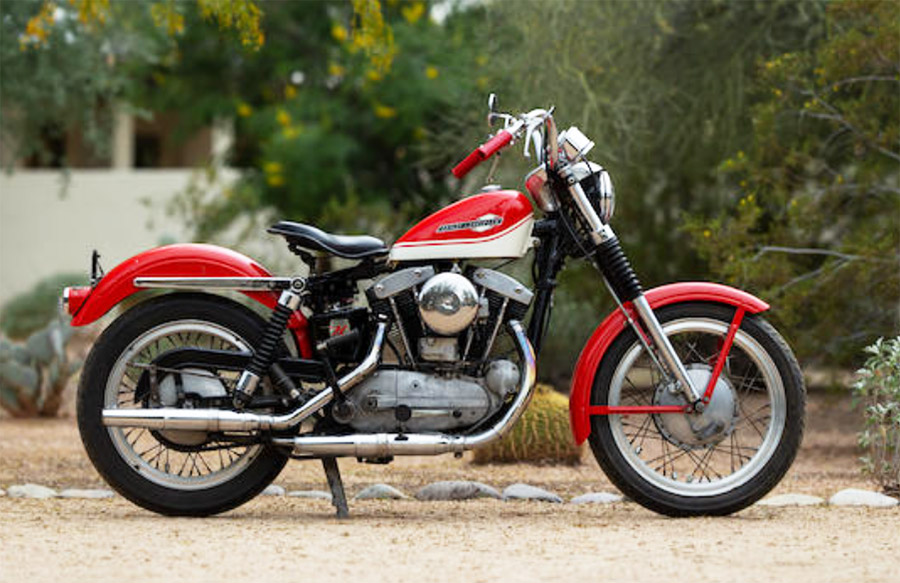
There’s more, but this blog is getting long enough. You get the idea. After two days in Lisbon, it was on to Évora and then Spain.
Stay tuned, my friends.
Have you bought your copy of our latest book, A Cup O’ Joes?

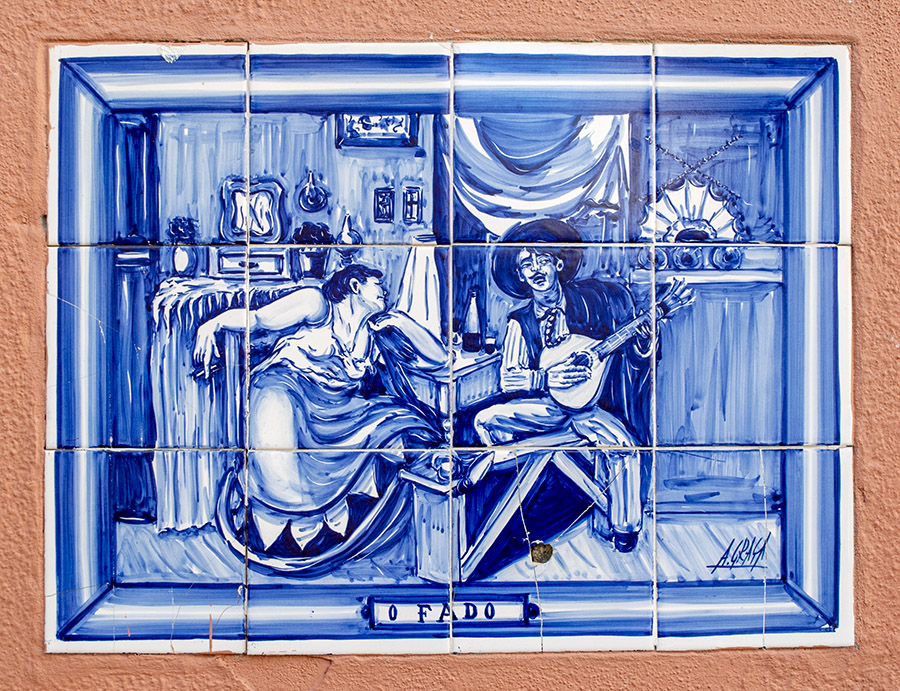
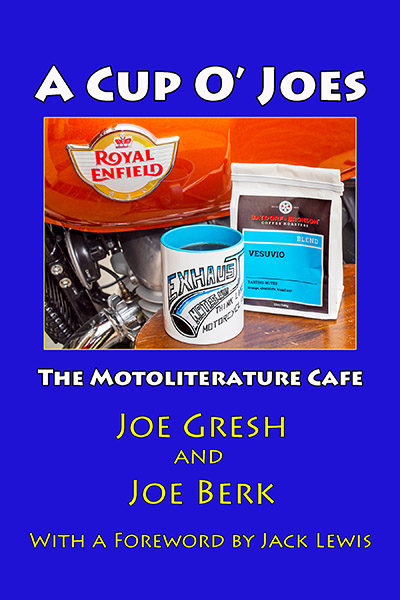




 Things get a little nasty on the left side of the LC. Without the big upswept exhaust covering the mess all the complexity of a modern motorcycle is exposed. Let’s face it: The thing looks like a commercial air conditioning system from the left side. Still, I wouldn’t let the LC’s looks stop me from buying one assuming I would ever spend $15,000 on a damn motorcycle.
Things get a little nasty on the left side of the LC. Without the big upswept exhaust covering the mess all the complexity of a modern motorcycle is exposed. Let’s face it: The thing looks like a commercial air conditioning system from the left side. Still, I wouldn’t let the LC’s looks stop me from buying one assuming I would ever spend $15,000 on a damn motorcycle.

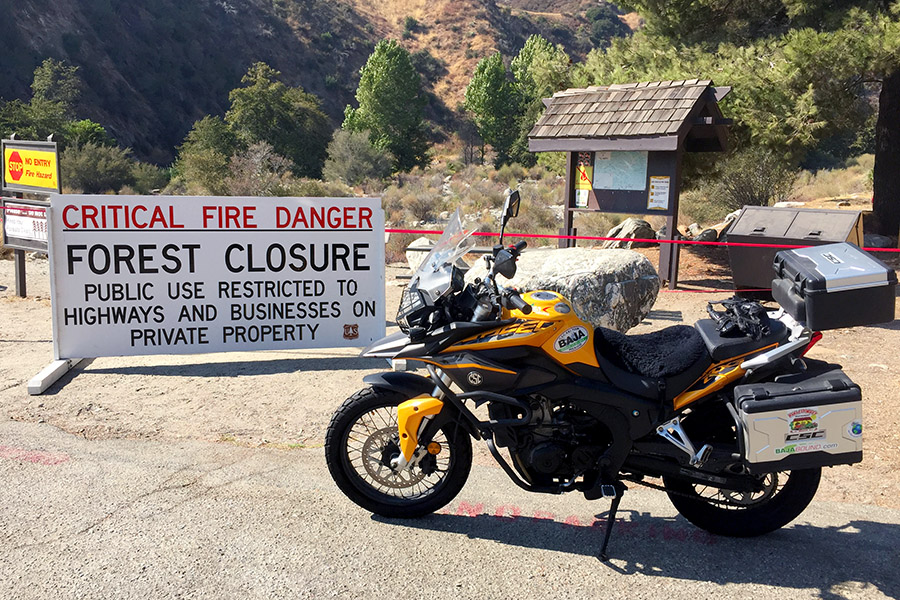
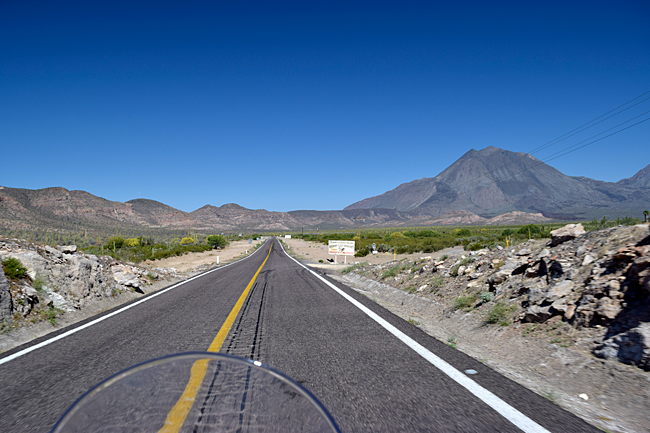

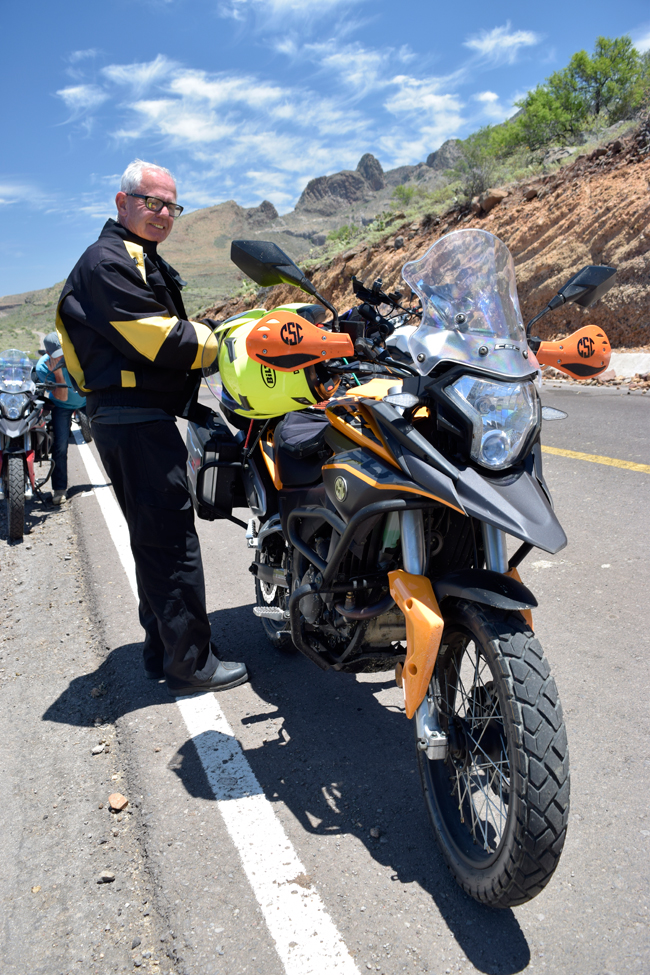
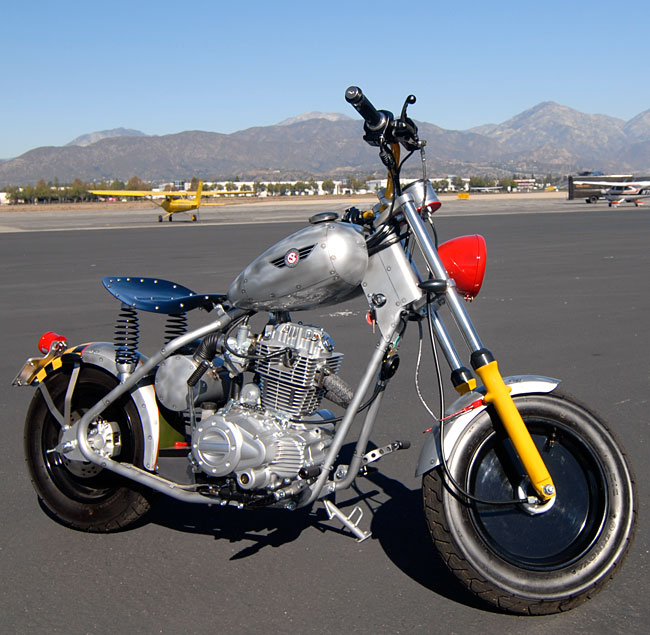

 ).
).